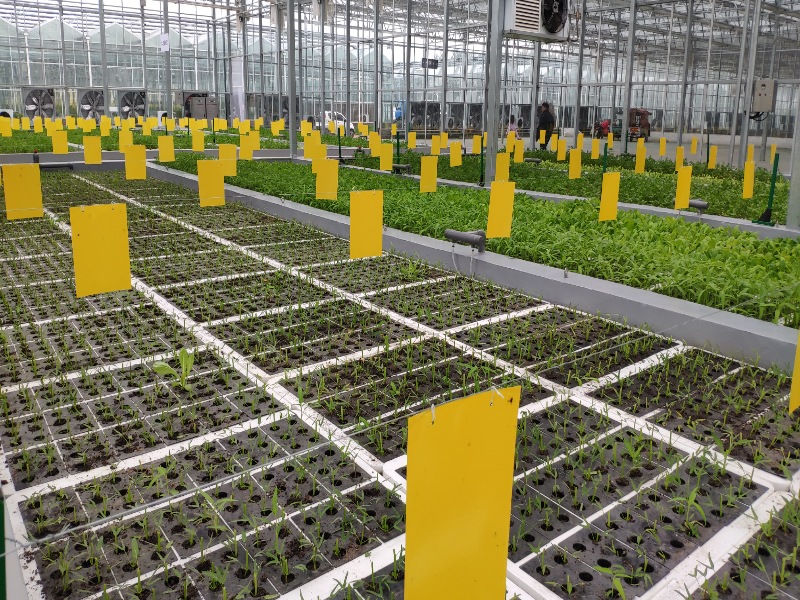What is the aquaponic system?
Aquaponics is the combination of aquaculture (raising fish) and hydroponics (the soil-less growing of plants) that grows fish and plants together in one integrated system. The fish waste provides an organic food source for the plants, and the plants naturally filter the water for the fish.
The third participants are microbes (nitrifying bacteria). These bacteria convert ammonia from the fish waste first into nitrites, and then into nitrates. Nitrates are the form of nitrogen that plants can uptake and use to grow. Solid fish waste is turned into vermicompost that also acts as food for the plants.
In combining both hydroponic and aquaculture systems, aquaponics capitalizes on their benefits, and eliminates the drawbacks of each.
How Aquaponics Works:
1. Waist-high aquaponics gardening eliminates weeds, back strain, and small animal access to your farm.
2. Aquaponics relies on the recycling of nutrient-rich water continuously. In aquaponics there is no toxic run-off from either hydroponics or aquaculture.
3. Aquaponics uses only 1/10th of the water of soil-based gardening, and even less water than hydroponics or recirculating aquaculture.
4. No harmful petro chemicals, pesticides or herbicides can be used. Ifs a natural eco system!
5. Gardening chores are cut down dramatically or eliminated. The aquaponics grower is able to focus on the enjoyable tasks of feeding the fish and tending to and harvesting the plants.
6. Aquaponic systems can be put anywhere, use them outside, in a greenhouse, in your basement, or in your living room! By using grow-lighting, and space can become a productive farm.
7. Aquaponic systems are scaleable! They can fit most sizes and budgets, from small countertop herb systems, to backyard qardens, to full scale farms, aquaponics can do it all!
8. And the best part –You get to harvest both plants and fish from your garden. Truly raise your entire meal in your farm.
Instead of using dirt or toxic chemical solutions to grow plants, aquaponics uses highly nutritious fish effluent that contains all the required nutrients for optimum plant growth. Instead of discharging water, aquaponics uses the plants, naturally occurring bacteria, and the media in which they grow in to clean and purify the water, after which it is returned to the fish tank. This water can be reused indefinitely and will only need to be topped-off when it is lost through transpiration from the plants and evaporation. There are a few primary methods of aquaponic growing widely in use today:
Deep water culture (DWC) or raft based growing uses a foam raft that is floating in a channel filled with fish effluent water that has been filtered to remove solid wastes. Plants are placed in holes in the raft and the roots dangle freely in the water. This method is most appropriate for growing salad greens and other fast growing, relatively low-nutrient plants. It is also most commonly used in larger commercial-scale systems.
Media growing involves growing plants in inert planting media such as expanded clay pellets or shale. The media provides both the biological filtration (conversion of ammonia to nitrates) and mechanical filtration (removal of solid wastes) in the same system. Media based systems are great for home and hobby scale systems so you can grow a wide variety of crops. In particular, large fruiting plants do really well in addition to leafy greens, herbs and other varieties.
.png)













